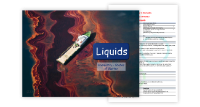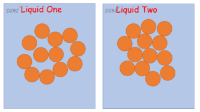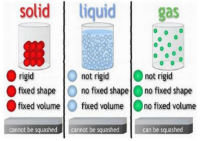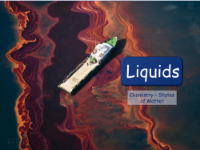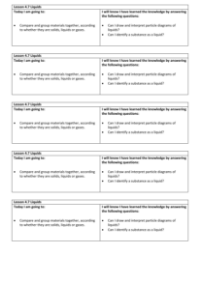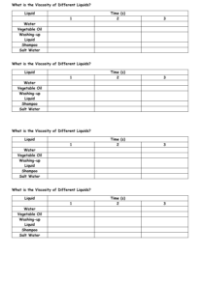Liquids - Lesson Plan

Science Resource Description
In this engaging science lesson, pupils will delve into the fascinating world of liquids, exploring their properties and behaviours. The lesson is designed to enhance students' understanding of scientific concepts such as observing over time, pattern seeking, and fair testing. It is aligned with the National Curriculum, building on previous knowledge from Year 1, where students distinguished between objects and materials, and Year 2, where they compared the suitability of materials for various uses. This lesson further develops their skills by comparing and grouping materials based on whether they are solids, liquids, or gases. Pupils will learn to draw and interpret particle diagrams of liquids and identify substances in their liquid state, while addressing common misconceptions such as the notion that all liquids contain water or are inherently runny.
The practical activities in this lesson are designed to be interactive and thought-provoking. One such activity is creating a lava lamp, where pupils will observe the separation of oil and water due to differences in density, and the movement of carbon dioxide through these layers. In another experiment, pupils will investigate the viscosity of various liquids by observing how quickly they travel down a ramp. This will help them understand that viscosity is influenced by how closely particles are packed together. Additionally, a milk kaleidoscope activity will demonstrate the interaction between fats and soap, revealing the dynamic nature of liquids. Throughout the lesson, pupils will be encouraged to ask questions and use scientific vocabulary, such as 'density', 'viscosity', and 'particle', to deepen their comprehension of the states of matter, particularly liquids.

